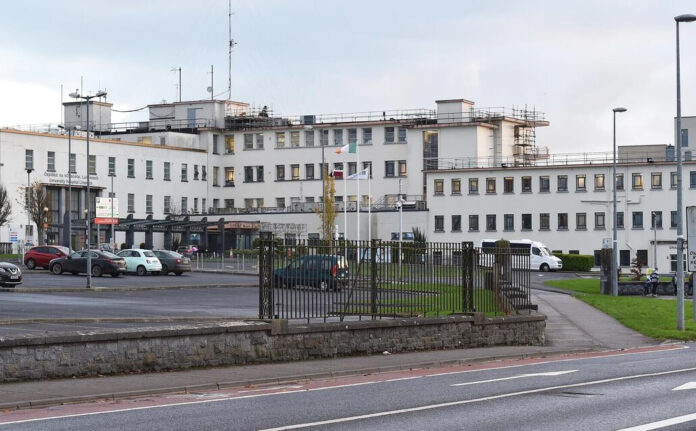
HOSPITAL consultants have said that reductions in hospital waiting list numbers – including 9,448 in the Mid West – have only been achieved because more than 100,000 people were removed from the lists without being treated.
The Irish Hospital Consultants Association (IHCA) said this week that its analyses show that the reduction in waiting lists seen in 2023 would not have been achieved had it not been for the fact that around 105,000 people were removed from hospital waiting lists last year without treatment through a National Treatment Purchase Fund (NTPF) validation process.
9,448 people waiting on lists within the UL Hospitals Group (which has remit over University Hospital Limerick, St John’s Hospital, Croom Orthopaedic Hospital, and Nenagh and Ennis Hospitals, and University Maternity Hospital Limerick) have gone from the list. 7,419 patients were removed from the list at UHL alone, the fourth highest number in the country.
In total over 869,300 people were on some form of hospital waiting list at the end of December – a reduction of just 766 (0.1 per cent) compared with the start of 2023 and well short of the government’s Action Plan target 2023 to reduce waiting lists for appointments and hospital treatment by 10 per cent (around 69,000) compared with the number waiting at the start of 2023.
Commenting on the figures, IHCA president Professor Rob Landers said that “the government needs to expedite its new €407million Waiting List Action Plan for 2024 and show more ambition in terms of delivering the additional hospital capacity that is required to meets its reduction target”.
“What consultants want to ascertain on behalf of their patients is when are we going to see these 1,500 additional beds in place, the promised six surgical hubs open and operating, together with the long awaited four elective hospitals.”
In a statement on the validation process, the HSE said that “validation involves hospital administration contacting patients on waiting lists to ensure that they are still available to attend appointments or require their procedure”.
“Many patients will have made alternative arrangements due to the length of time on the waiting list or may no longer be suitable for treatment. The largest number of such outpatient removals under the NTPF co-ordinated validation last year were in the West,” the HSE’s statement read
“As part of the Waiting List Action Plan, the HSE and the National Treatment Purchase Fund (NTPF) have a data quality programme of work underway to ensure that the information on the waiting list accurately reflects the number of patients waiting and that patients waiting are correctly accounted for on the appropriate waiting lists. This includes both clinical validation and administrative validation.”
The HSE says that administrative validation aims to “identify patients on waiting lists who are ready, willing, and available to proceed with hospital care and improve efficiencies for treating patients by reducing the DNA (‘did not attend’) rate nationally across outpatient, inpatient, and day case services”.


